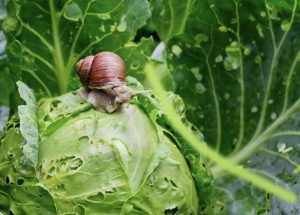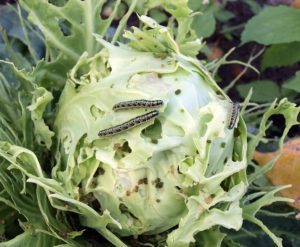In the world of landscaping, maintaining a vibrant and pest-free environment is crucial for the health and aesthetics of outdoor spaces. However, the traditional methods of pest control often involve the use of chemical pesticides, which can harm not only the targeted pests but also the ecosystem as a whole. Enter Integrated Pest Management (IPM), an innovative and eco-friendly approach that seeks to strike a balance between effective pest control and environmental preservation.

Understanding Integrated Pest Management (IPM):
Integrated Pest Management is a holistic pest control approach focusing on long-term solutions while minimizing environmental harm. It revolves around a combination of proactive measures, biological control, cultural practices, and judicious use of pesticides when necessary. The core principle of IPM is to manage pests rather than eradicate them, recognizing their role within the ecosystem.

Key Principles of IPM:
Identification and Monitoring:
- The first step in IPM is identifying the present pests and accurately monitoring their population dynamics. This helps determine the infestation’s severity and choose appropriate control methods.
Preventive Measures:
- IPM emphasizes preventive strategies to reduce the conditions that pests thrive in. These may include selecting pest-resistant plants, maintaining proper sanitation, and implementing physical barriers.
Biological Control:
- Introducing natural predators, parasites, or pathogens that prey on pests can help maintain a balanced ecosystem—for example, releasing ladybugs to control aphids or using nematodes to combat soil-dwelling pests.

Cultural Practices:
- Altering cultural practices like proper irrigation, mulching, and pruning can deter pests by creating unfavourable conditions for their growth.
- Chemical Control as a Last Resort: While chemicals are used sparingly in IPM, they are only applied after carefully considering their impact on non-target organisms. The targeted application reduces the risk of widespread environmental damage.
Benefits of IPM in Landscaping:
- Reduced Environmental Impact: By minimizing the use of chemical pesticides, IPM prevents pollution of soil, water, and air, safeguarding the surrounding environment.
- Preservation of Beneficial Organisms: IPM promotes the growth of beneficial insects and microorganisms, contributing to a healthier ecosystem.
- Long-Term Effectiveness: Unlike conventional methods that offer temporary solutions, IPM’s multifaceted approach leads to sustained pest management over time.

Practical Examples of IPM Techniques:
- Companion Planting: Planting pest-repellent species alongside vulnerable plants can deter pests through natural means.
- Trap Crops: Specially selected plants are placed to attract and trap pests, preventing them from damaging the main crops.
- Biological Insecticides: Using microbial agents or natural predators to control pests without harming other organisms.
Integrated Pest Management stands as a beacon of hope for sustainable landscaping practices. By embracing IPM’s principles, we can create lush, pest-resistant landscapes harmonizing with nature. This approach safeguards the environment and ensures our outdoor spaces’ long-term beauty and health.